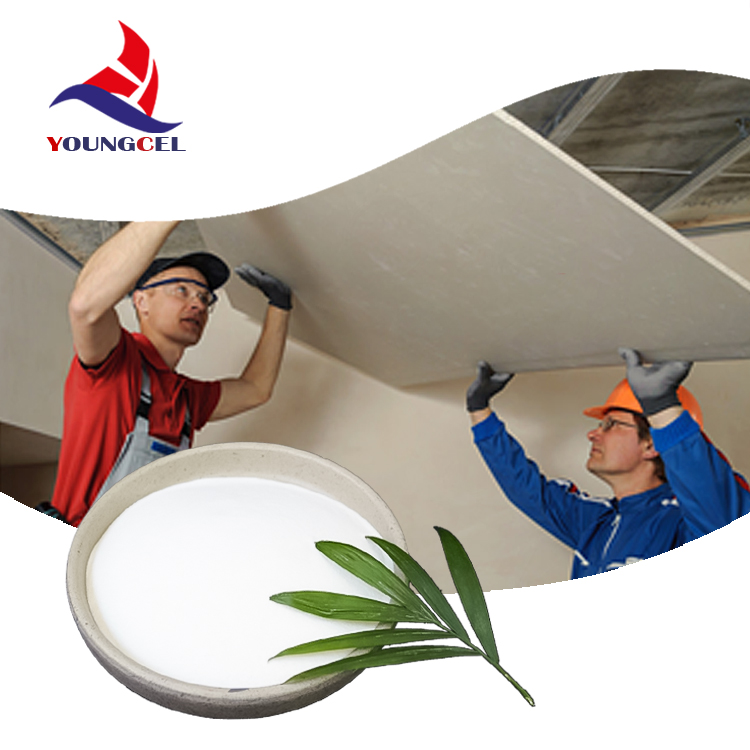The Role of Additives in Enhancing Putty Performance
Putty has been a staple in construction and renovation projects for decades. Traditionally utilized for filling gaps, smoothing surfaces, and preparing walls for painting, it has proven indispensable in various applications. However, the introduction of additives has transformed the landscape of putty formulation, significantly enhancing its performance and versatility. This article explores the importance of additives in putty and how they can improve its properties for both professional tradespeople and DIY enthusiasts.
Additives are substances that are incorporated into putty formulations to enhance specific properties or functionalities. The primary purpose of these additives is to improve the workability, adhesion, flexibility, and durability of the putty. For example, plasticizers can be added to enhance the flexibility of the putty, making it easier to apply and less prone to cracking once dry. This is particularly important in areas with fluctuating temperatures or humidity, where traditional putty might shrink or expand.
Another vital category of additives is thickeners, which help to achieve the desired viscosity in the putty. By adjusting the thickness, these additives allow for better control during application, ensuring that the putty adheres properly to surfaces without sagging or running. This control not only improves the aesthetic finish of the application but also enhances the overall efficiency of the job.
Moreover, the inclusion of preservatives in putty formulations has become increasingly relevant, especially in preventing mold and mildew growth. This is crucial in areas with high moisture content, such as bathrooms and kitchens. The right preservative additives ensure that the putty remains usable for an extended period without deteriorating, which is an essential factor for both consumer satisfaction and cost-effectiveness.
additive for putty

Furthermore, additives can significantly impact the drying time of putty. Accelerators can be introduced to speed up the curing process, allowing for quicker project turnaround times. This is particularly beneficial for professionals who are often pressed for time and need materials that can be painted or finished more rapidly.
The color and texture of putty can also be altered through the use of various colorants and fillers. Colorants can be mixed into the putty to achieve a specific hue, enabling seamless integration with existing surfaces, while fillers can enhance the structural characteristics, improving the strength and durability of the finished product. For example, adding silica or quartz can increase the hardness, making it suitable for high-traffic areas.
Sustainability is another factor that cannot be overlooked. With increasing environmental concerns, manufacturers are now exploring eco-friendly additives derived from natural materials. These biodegradable alternatives not only perform well but also minimize the ecological footprint of construction projects. Using such sustainable ingredients can appeal to environmentally conscious consumers, enhancing the marketability of putty products.
In conclusion, the integration of additives in putty formulations has revolutionized its functionality and application. By improving various properties such as flexibility, adhesion, drying time, and resistance to mildew, additives have made putty a more versatile and reliable material for both construction professionals and DIY enthusiasts. As the industry continues to innovate, the future of putty will likely involve even more advanced formulations that cater to specific needs and preferences, ensuring that this timeless material remains relevant and effective in a rapidly changing world.
-
A Comprehensive Guide to Methyl Ethyl Hydroxyethyl Cellulose: Applications and Industry InsightsNewsNov.24,2025
-
Understanding Methyl 2 Hydroxyethyl Cellulose: Uses, Benefits & Industry InsightsNewsNov.24,2025
-
Hydroxyethyl Methyl Cellulose HEMC: Industrial Uses, Benefits & Future TrendsNewsNov.23,2025
-
HEMC Cellulose: Versatile & Sustainable Industrial Polymer | YoungcelNewsNov.23,2025
-
Methyl Hydroxyethyl Cellulose: Versatile Building Block for Industry & SustainabilityNewsNov.23,2025
-
CAS 9032 42 2: Understanding Polyvinyl Alcohol's Impact on Industry & SustainabilityNewsNov.22,2025




